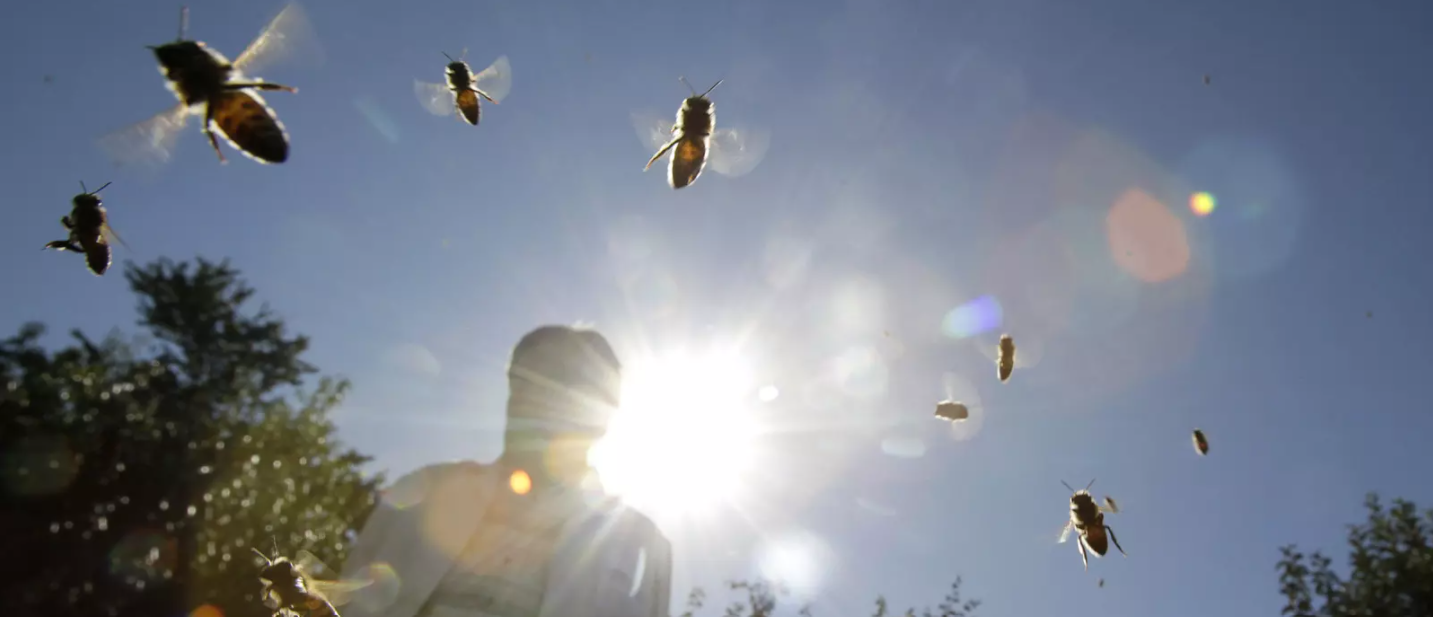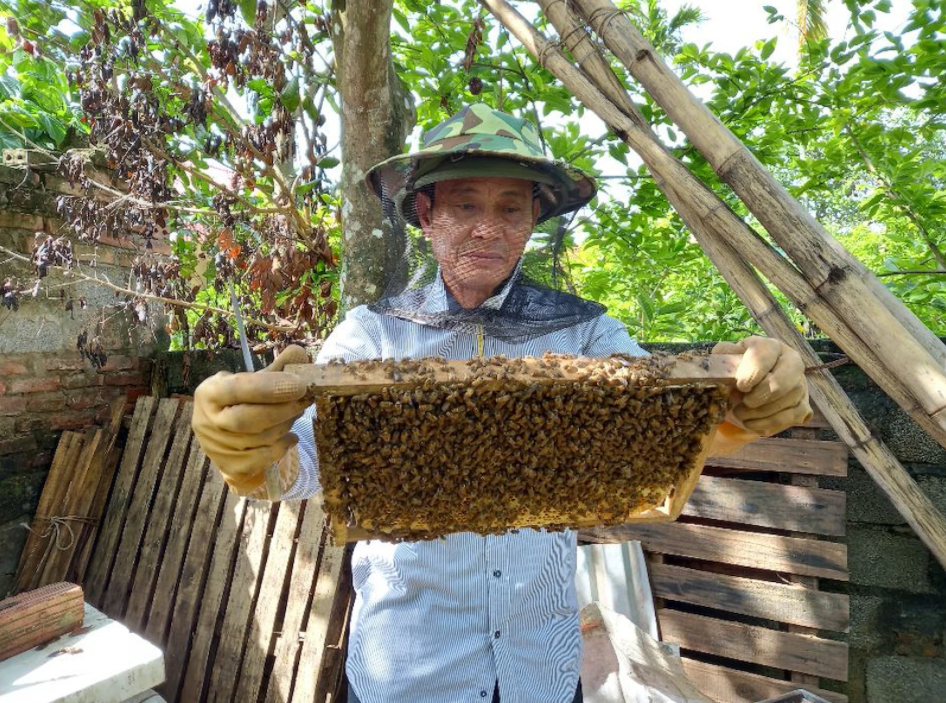
 In The News
In The News

Image: REUTERS/Ivan Alvarado
As published in World Economic Forum on 29 July, 2021
- To close employment gaps, local farmers have been training as beekeepers since 2017.
- The project is supported by the United Nations Development Programme and aims to protect at least 129,000 people through mangrove regeneration by 2022.
- Climate change is forcing farmers to adapt and find sustainable farming techniques.
Bees are helping coastal farmers in Viet Nam boost their income – and battle climate change.
Honey from bee colonies supplements the money farmers make from seasonal fishing. By branching out into beekeeping, farmers are also helping to restore threatened mangrove forests.
Mangroves are coastal forests of trees and shrubs that host rich ecosystems. They are breeding grounds for fish and provide a natural barrier to storm surges and coastal erosion. Restoring the mangroves can limit seafood catches, which in turn reduces income for local families - and that’s where the bees come in.
Honeybees breed sweet success
Forty families in Da Loc commune in northern Viet Nam have been introduced to beekeeping as a way of diversifying their ability to make a living. These families are seeing their annual incomes rise as a result of cultivating mangrove honey.
In February 2020, Vu Tan Suu and his family of six were among those given two colonies of breeding honeybees. They also received professional training and were given the food needed to settle the bees into their new hives.

Image: UNDP/Nguyen Viet Nghi
In a UNDP Climate blog on the project, Sweet Success, Suu says he has now grown his bee colonies to 10. Each bee colony is producing more and better quality honey – meaning more income.
“There is a symbiotic relationship between the bees, the beekeepers, and the mangrove forest,” says UNDP Climate writer Phan Huong Giang.
By feeding on the mangrove flowers, the bees make highly desirable honey with no commercial additives. The mangrove forest also benefits from pollination by the bees – as well as the project’s planting and regeneration efforts. It’s a powerful example of the circular benefits generated by bees and other pollinators.

Image: United Nations FAO
Mangrove restoration
To provide a ‘green wall’ against climate change and support coastal livelihoods in Viet Nam, 4,000 hectares of mangroves are being restored.
The Viet Nam Government is leading the work as part of a five-year project, Improving resilience of vulnerable coastal communities to climate change in Viet Nam.
This is funded by the Green Climate Fund and supported by the United Nations Development Programme (UNDP).
Mangroves are climate magic
Mangroves are natural carbon sinks – removing carbon dioxide from the atmosphere.
Since 2017, the coastal resilience project has reduced greenhouse gas emissions by almost 180,900 tons of CO2, according to Caitlin Wiesen, UNDP resident representative in Viet Nam. More than 129,000 people are also protected by the project’s mangroves providing a buffer to storm surges.
Viet Nam is one of the countries most affected by climate change. Around 60,000 houses a year along Vietnam’s coast are destroyed or damaged by floods and storms, UNDP says.
Adapting to climate change
Climate events like droughts and floods are increasing in frequency and scale as the planet warms, and this is forcing farmers to adapt.
Agriculture globally could see its productivity fall 17% by 2050, according to some estimates.
Farmers can help by introducing sustainable farming methods. These can help farmers produce more food while also adapting to climate change. For example, planting trees and grass in fields normally used for livestock can improve pasture and soil health and reduce erosion. This in turn can boost animal wellbeing while reducing carbon emissions.
 Latest News
Latest News
- Integrating Disaster Risk Reduction into Socio-economic Development Planning processes in Viet Nam (07/04/2022)
- Vietnamese Business Networks Responding to Disasters, Climate Change, and Epidemics (15/10/2021)
- Launch of Student Communications Competition on Resilience to Climate Change and Disasters (12/10/2021)